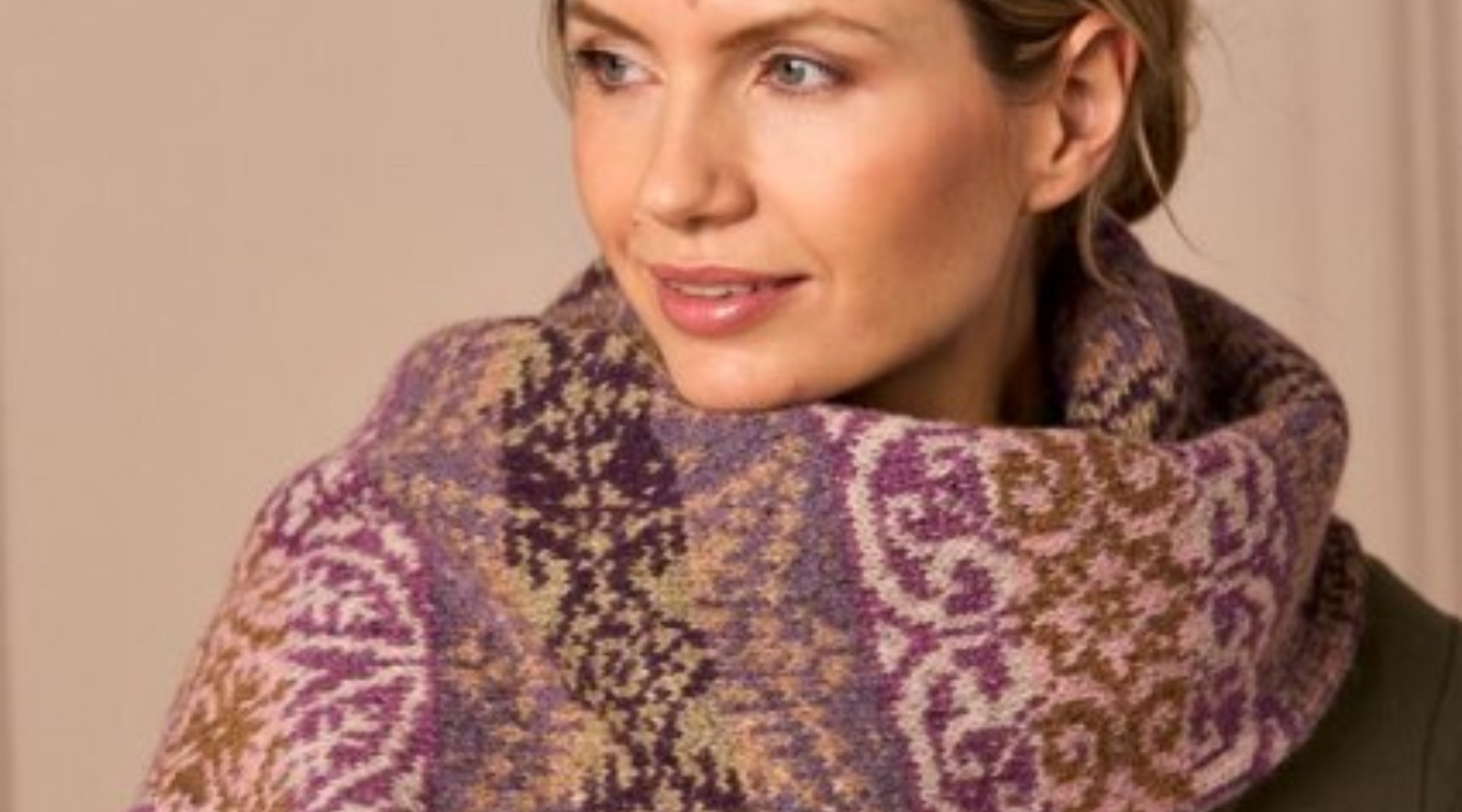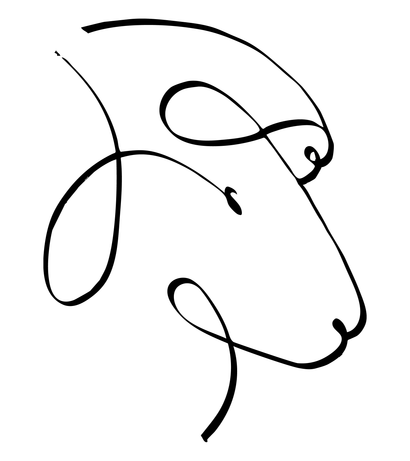Free shipping on all domestic orders over $150
Free shipping on all domestic orders over $150
Shop
Add description, images, menus and links to your mega menu
A column with no settings can be used as a spacer
Link to your collections, sales and even external links
Add up to five columns
Add description, images, menus and links to your mega menu
A column with no settings can be used as a spacer
Link to your collections, sales and even external links
Add up to five columns

What is stranded knitting?
August 12, 2024 3 min read
Stranded Knitting: A Beautiful Technique for Stunning Projects
If you’ve ever admired intricate colorwork patterns in knitting, you’ve likely encountered stranded knitting. This technique allows you to create beautiful, multicolored designs that add depth and texture to your projects. With the upcoming Rowan Knitalong, now is the perfect time to dive into the world of stranded knitting!
What is Stranded Knitting?
Stranded knitting is a method where two or more colors of yarn are worked across a single row or round. As you knit, the unused yarn strands are carried across the back of the fabric, creating what’s known as floats. These floats are the hallmark of stranded knitting and give the fabric its unique texture and warmth.
Stranded Knitting vs. Intarsia: What’s the Difference?
While both stranded knitting and intarsia involve multiple colors in a single row, they differ in how the colors are managed. In intarsia, you work with separate, often large, blocks of color, and there are no floats across the back. Instead, the yarn is twisted at color changes, creating a seamless transition and a single layer fabric. In stranded knitting, you carry both colors across the entire row, changing colors every few stitches to create small repeated motifs and a nearly double thickness of fabric
Stranded Knitting vs. Fair Isle: Are They the Same?
Fair Isle is a specific type of stranded knitting that originates from the Fair Isle in Scotland. Traditional Fair Isle knitting uses a limited palette of colors, usually two per row, and incorporates small, repeating motifs. While all Fair Isle is stranded knitting, not all stranded knitting is Fair Isle. The term “stranded knitting” is broader and includes other techniques like Norwegian and Icelandic colorwork.
Is Stranded Knitting Hard?
Stranded knitting may seem daunting at first, but with a little practice, it’s a skill any knitter can master. The key is to maintain even tension in both yarns to avoid puckering. Many knitters find stranded knitting on the knit side much easier than stranded knitting on the purl side, so you might want to small project worked in the round like a hat or a cowl.
How Do You Hold Your Yarns for Stranded Knitting?
There are several ways to hold your yarns when working stranded knitting, and the method you choose will depend on what feels most comfortable:
- One in Each Hand: This method, known as two-handed knitting, involves holding one yarn in your right hand (English style) and the other in your left hand (Continental style).
- Both in One Hand: Some knitters prefer to hold both yarns in one hand, using their fingers to manage the tension.
- Using a Yarn Guide: A yarn guide worn over your finger can help keep your yarns separate and maintain consistent tension.
What Do I Need to Know Before Starting?
Before diving into stranded knitting, here are a few tips to set you up for success:
- Swatch First: Stranded knitting can change the gauge of your fabric, so it’s essential to swatch with the colors you plan to use.
- Even Tension: Practice maintaining even tension with both yarns to avoid tight floats that can distort your fabric.
- Dominant Color: Choose which color you want to be dominant and keep that consistent through your project
- Choose the Right Project: Start with a project that uses only two colors per row, like the upcoming Rowan Knitalong, to build your confidence.
What Does "Dominant Color" Mean in Stranded Knitting?
In stranded knitting, the “dominant color” is the one that stands out more in the pattern. It’s the color carried below the other yarn, which causes it to sit slightly forward on the fabric, making it more prominent. To achieve the intended effect, be consistent with which yarn you carry as the dominant color throughout your project.
Interested in trying it out?
There's no better way to learn a technique like stranded knitting, than to jump in and get started. The upcoming Rowan Snowflower KAL is a great opportunity because your gauge is not critical. Sign up for the Knitalong with Martin Storey here
And pre-order your Snowflower kit here

